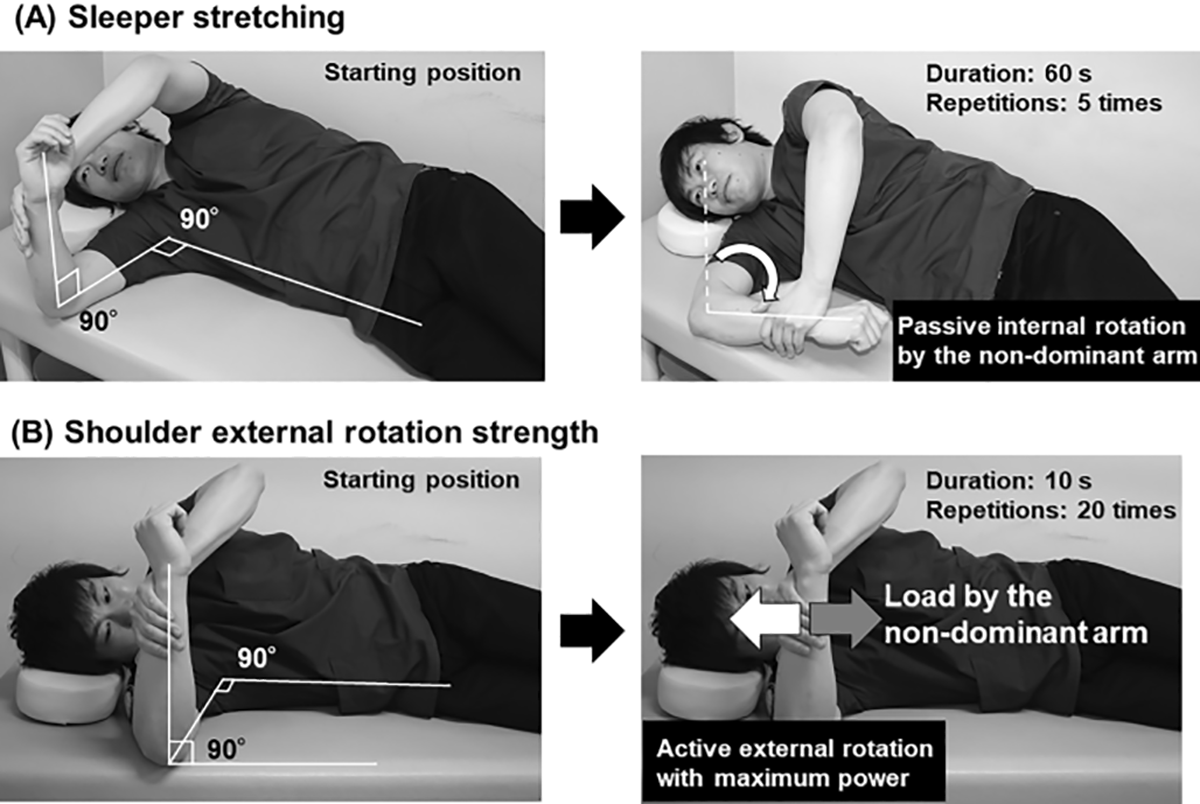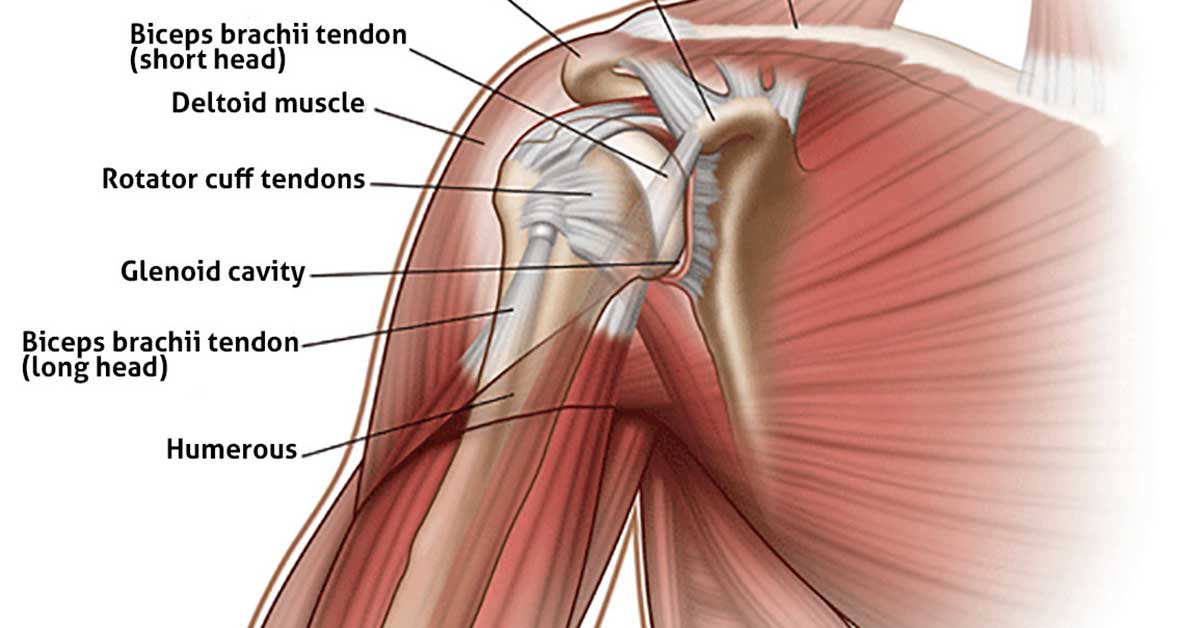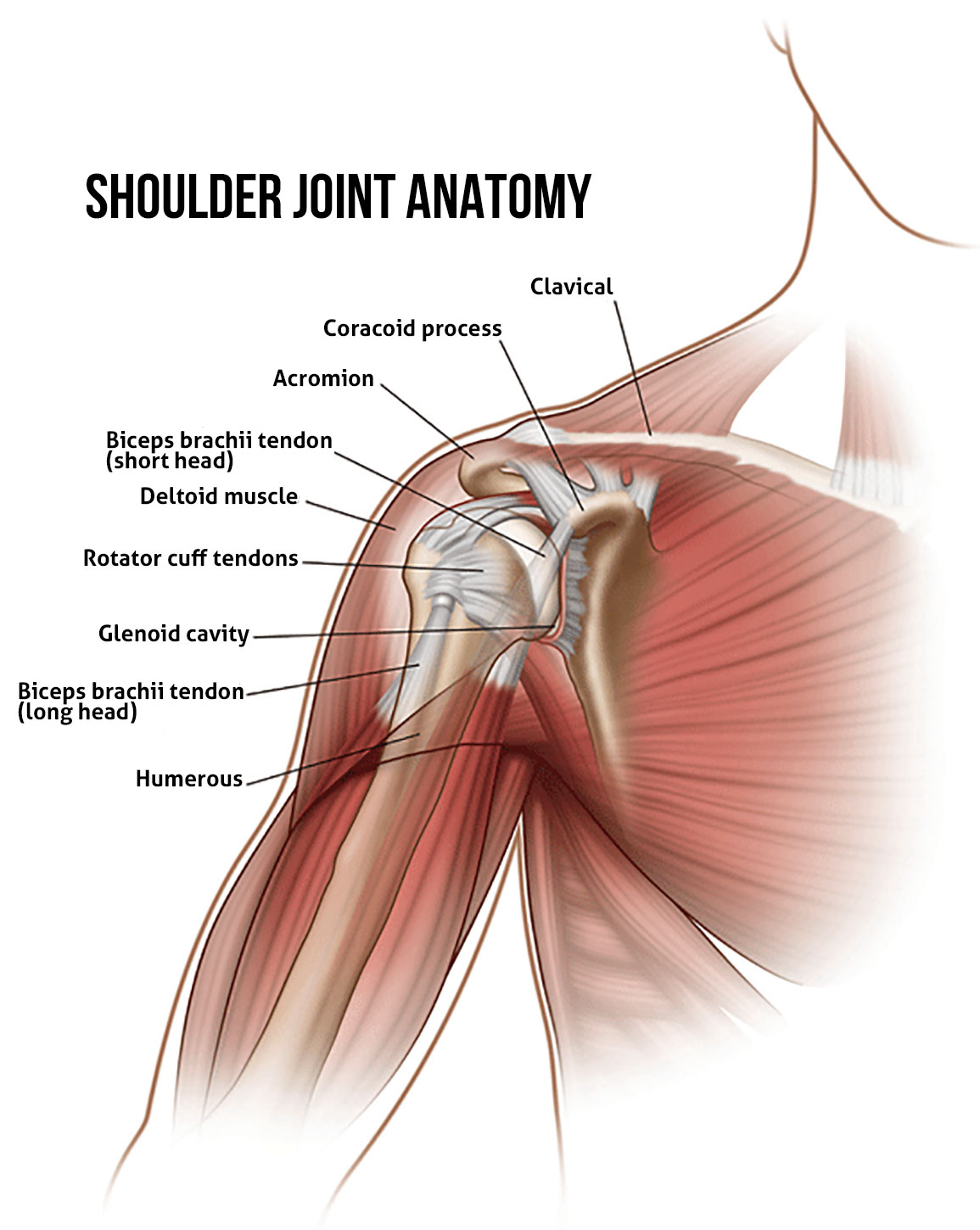Impingement of the shoulder, also known as shoulder tendinitis and rotator cuff tendinitis, is a painful condition that results from pinched rotator cuff tendons. Repeated pinching may lead to a condition called shoulder impingement syndrome. Impingement may also stem from a shoulder injury.
The Rest, Ice, Compression, and Elevation (R.I.C.E) method and medication are first aid treatments but may not be enough. Shoulder impingement treatment by your doctor may be needed in some cases depending on the cause and severity of the condition. Treatment can help reduce the risk of complications such as a torn rotator cuff as well as prevent the need for shoulder surgery.
In addition, the five best corrective exercises and stretches performed at home or physical therapy for shoulder impingement can help speed up healing and restore function.
What is impingement of the shoulder?
Knowing the shoulder structure and how it functions provides a better understanding of how impingement occurs. The shoulder is a strong ball-and-socket joint that allows you to bear weight and perform a range of motion.
Impingement syndrome of the shoulder develops mostly when the rotator cuff is compressed under the acromion. The acromion is a prominent bony bump at the tip of your shoulder joint.
Other bony parts of the shoulder are the long bone of the upper arm (humerus), shoulder blade (scapula), and clavicle. Muscles, tendons, ligaments, and bursa also make up the shoulder joint. The rotator cuff tendon and the bursa (a fluid-filled sac between two bones) are located beneath the acromion.
In some cases, the biceps tendon, ligaments, or the bursa (located between the rotator cuff tendon and the acromion) are compressed under the acromion.
Common causes of impingement of the shoulder
The main causes of impingement include an acute shoulder strain or traumatic injury, repetitive use of the joint, poor posture, and joint degeneration. People who engage in repetitive arm motions are more at risk of impingement syndrome. They include athletes who play tennis, baseball, volleyball, and lift weights. Individuals whose job involves repeated overhead arm movements, e.g., construction workers, also have an increased risk.
Common symptoms of impingement of the shoulder
Pinching of the rotator cuff or other soft tissue causes pain that may be mild to disabling. Other likely symptoms include:
- Swelling or tenderness (inflammation)
- Stiffness or reduced range of shoulder motion
- Pain or weakness when moving your affected arm overhead or in other directions
- Discomfort or pain when you try to sleep on the side of the affected shoulder
- Pain when trying to extend your arm or throw something
5 of the Best Shoulder Impingement Exercises and Stretches
Exercises, including shoulder tendonitis exercises and exercises for bursitis of the shoulder, are designed to rehabilitate and strengthen the joint and increase range of motion. Below are exercises and stretches a physical therapist may recommend you do at home in addition to physical therapy for shoulder impingement.
Shoulder exercises may be performed 3-4 times a week for several weeks and are intended to stabilize the rotator cuff and increase resistance.1✅ JOURNAL REFERENCE
PMC: PMC3945046
Caution
- You should not begin self-exercise therapy if you have swelling, pain, or are recovering from shoulder injury.
- Ensure you consult with your doctor or physical therapist before starting any of these exercises (unless your therapist recommended them as part of your rehabilitation program).
1. The Sleeper Stretch Is One of the Best Shoulder Impingement Stretches
The sleeper stretch targets the infraspinatus and teres minor muscles located in the rotator cuff. Doing this stretch exercise should help improve internal rotation of the shoulder and increase the range of motion. It also promotes the stability and flexibility needed to prevent future injury.
To do the sleeper stretch:
1. Lie on your affected side, on a firm, flat surface, with your shoulder underneath you and your arm bent. You can place your head on a pillow for comfort.
2. Move your elbow straight out from your shoulder.
3. Bend your arm at the elbow until your arm is bent in an L position. Your fingers should be pointed toward the ceiling when you’ve achieved the correct position.
4. Use your other hand to push your affected forearm downward.
5. Push the arm as far down as you comfortably can.
6. Keep pressing down until you feel a stretch in the back of your impinged shoulder.
7. You should also feel a stretch in your upper back or arm.
8. Hold the stretch for 30 seconds before relaxing your arm for 30 seconds.
9. Do 3-5 repetitions 3-4 times a day.
Do not bend your wrist or push down on your wrist. If you feel increased tightness or tension, it means you’re doing the exercise incorrectly or pushing the arm beyond its limits.
The sleeper stretch is a low-key exercise you can do at least 2-3 times per week for a few weeks or as directed by your physical therapist. You may perform the exercise regularly after you’ve fully recovered from shoulder injury or tendinitis. This can help maintain your results and prevent re-injury.

Image Source – Scientific Reports




